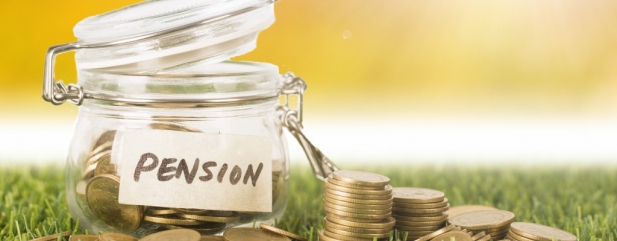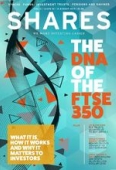Archived article
Please note that tax, investment, pension and ISA rules can change and the information and any views contained in this article may now be inaccurate.
‘What happens with my crystallised retirement funds?’

I am 64 and in full-time employment. I have £28,700 in ‘crystallised’ funds from which I need to pay for some house repairs.
If I invest the remaining funds into shares/funds which I will manage, and the overall amount grows by means of increases in share price or dividends, is the increase then considered tax-free by HMRC in line with the Government annual allowance?
If so, how do I ensure that these funds are recorded and, if I wish, withdrawn as a tax-free amount?
D Caulfield
Tom Selby, AJ Bell Senior Analyst says:
For the uninitiated, when talking about pensions, ‘crystallised’ simply means you have decided which retirement income route you are going to take with your funds. For example, you can crystallise funds by buying an annuity or keeping your pot invested through drawdown.
When you crystallise your pension (or part of your pension) at some point after reaching age 55, you will usually be able to take a quarter of it tax-free. The rest is taxed in the same way as income. So if you crystallised £40,000, £10,000 could be taken tax-free with the other £30,000 going into drawdown.
When you crystallised your fund it will have been ‘tested’ against the lifetime allowance. For the 2019/20 tax year this stands at £1,055,000.
A lifetime allowance test will be carried out on any uncrystallised funds when you reach age 75, as well as any growth in value in your pot since it was moved into drawdown. Given the size of your pot, unless you have significant pensions elsewhere, breaching the lifetime allowance and paying tax charges isn’t likely to be a problem.
The annual allowance restricts the amount you can save each year in a pension, rather than any growth your fund might enjoy. Your investments should therefore continue to grow without any tax consequences provided you keep them within the pension.
If you take taxable income from your pension you will trigger the Money Purchase Annual Allowance (MPAA). This means you will only be able to save £4,000 a year tax-free rather than the usual £40,000. You will also lose the ability to ‘carry forward’ unused allowances from the previous three tax years.
If you haven’t taken any taxable income from your fund – for example you just access your tax-free cash – you won’t trigger the MPAA. If you’re planning to pay more into your pension in future, this is an important point to consider before taking any taxable income.
If you have remaining uncrystallised funds – i.e. money invested in a pension like a SIPP which you haven’t committed to a particular retirement income route – then 25% of this money will also be available tax-free once it is crystallised.
You should note that when entering drawdown, you can only take tax-free cash at the point you crystallise your funds.
This is one reason many people choose to crystallise their pension in phases (often referred to as ‘phased drawdown’), allowing them to access the tax-free cash they need right now while allowing the remaining entitlement to potentially grow within the pension.
DO YOU HAVE A QUESTION ON RETIREMENT ISSUES?
Send an email to editorial@sharesmagazine.co.uk with the words ‘Retirement question’ in the subject line. We’ll do our best to respond in a future edition of Shares.
Please note, we only provide guidance and we do not provide financial advice. If you’re unsure please consult a suitably qualified financial adviser. We cannot comment on individual investment portfolios.
Important information:
These articles are provided by Shares magazine which is published by AJ Bell Media, a part of AJ Bell. Shares is not written by AJ Bell.
Shares is provided for your general information and use and is not a personal recommendation to invest. It is not intended to be relied upon by you in making or not making any investment decisions. The investments referred to in these articles will not be suitable for all investors. If in doubt please seek appropriate independent financial advice.
Investors acting on the information in these articles do so at their own risk and AJ Bell Media and its staff do not accept liability for losses suffered by investors as a result of their investment decisions.

 magazine
magazine








